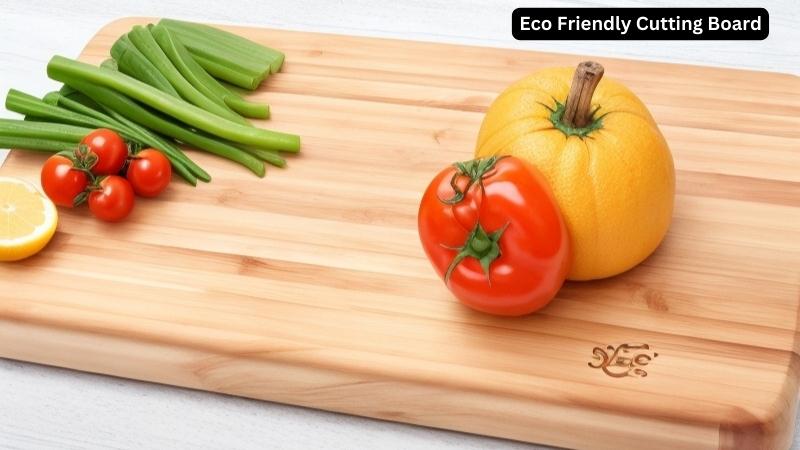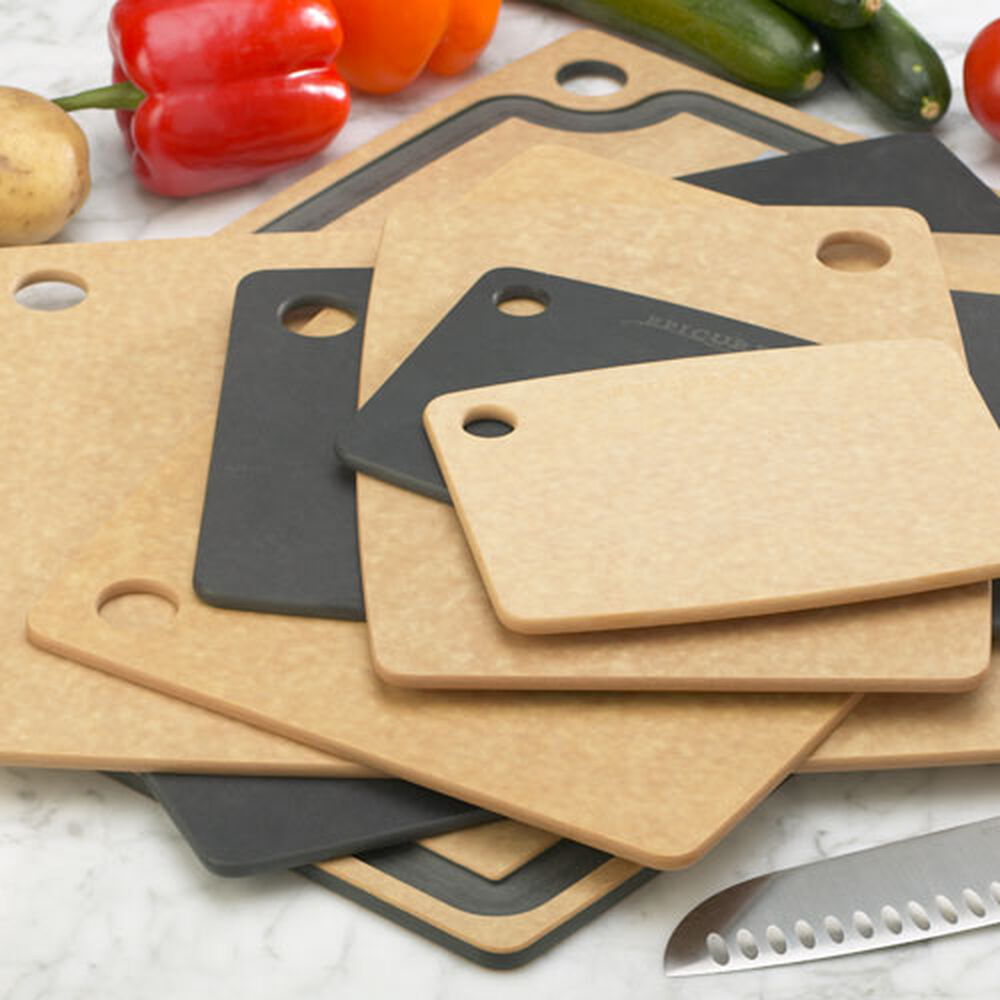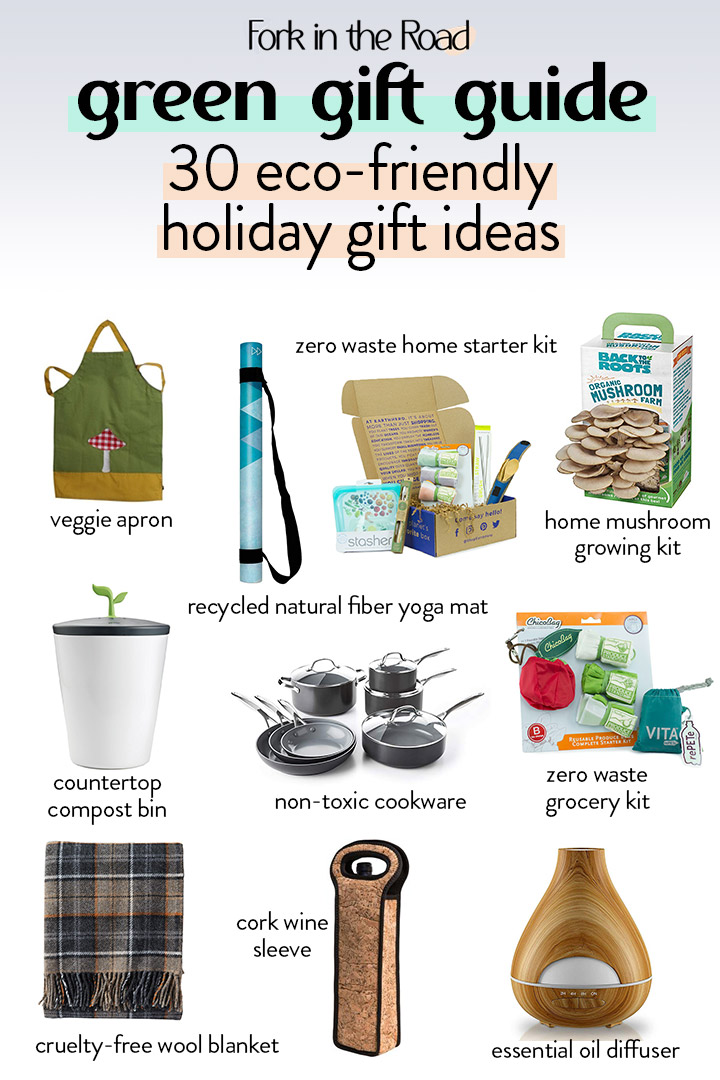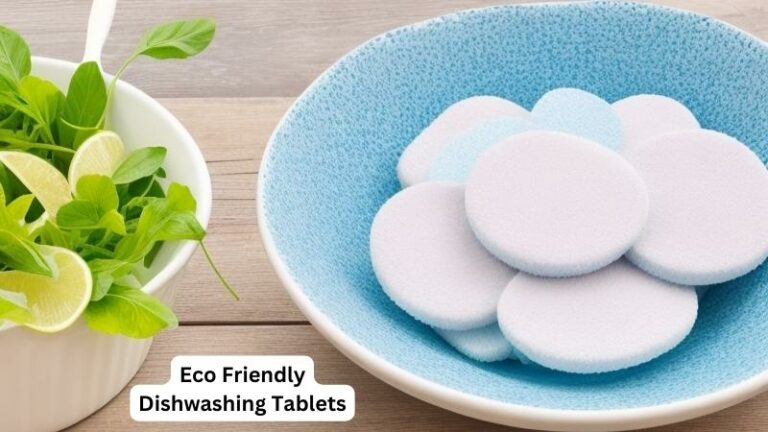Eco Friendly Cutting Board
Today we discuss Eco Friendly Cutting Board. Want to make a kitchen impact? Try an eco-friendly cutting board! It’s perfect for chopping veggies and reducing your environmental impact.
Made from sustainable materials like bamboo or recycled plastic, these boards are durable, easy to clean, and come in vibrant colors. Join the eco-friendly revolution and cook while saving the earth—one slice at a time!
 Source: media-amazon.com
Source: media-amazon.com
Eco Friendly Cutting Board: A Sustainable Choice for Your Kitchen
Cutting boards are an essential tool in any kitchen, but have you ever considered the impact they have on the environment? Traditional cutting boards are often made from non-biodegradable materials like plastic or wood from unsustainable sources.
However, there is a better option – eco friendly cutting boards. In this article, we will explore the benefits of eco-friendly cutting boards, compare them to traditional options, and provide tips on how to choose the best one for your needs.
The Benefits of Eco-Friendly Cutting Boards:
Eco friendly cutting boards offer a range of benefits that not only make them a sustainable choice but also a practical one for your kitchen. Here are three reasons why you should consider switching to an eco-friendly cutting board.
1. Sustainable Materials: Eco-friendly cutting boards are typically made from renewable and recyclable materials such as bamboo, cork, or recycled plastic. These materials have a lower impact on the environment compared to traditional options like hardwood or plastic boards sourced from non-sustainable forests or petroleum-based plastics.
2. Durability and Longevity: While eco-friendly cutting boards may be made from sustainable materials, they are also designed to be durable and long-lasting. Bamboo cutting boards, for example, are known for their strength and resistance to knife marks, making them a reliable choice for both home cooks and professional chefs.
3. Easy to Clean and Maintain: Eco-friendly cutting boards are generally easy to clean and maintain. Some materials, like bamboo or cork, have natural antimicrobial properties that help prevent the growth of bacteria. Additionally, many eco-friendly cutting boards are dishwasher safe, saving you time and effort when it comes to cleaning up after cooking.

Eco Friendly Cutting Boards vs. Traditional Cutting Boards:
When comparing eco-friendly cutting boards to their traditional counterparts, there are several key differences to consider. Let’s take a closer look at how eco friendly cutting boards stack up against traditional options.
1. Material Sourcing: Traditional cutting boards are often made from hardwood, which may come from non-sustainable sources. In contrast, eco-friendly cutting boards are made from renewable materials like bamboo or cork.
2. Environmental Impact: Traditional cutting boards made from non-biodegradable materials like plastic can take centuries to decompose in landfills. On the other hand, eco-friendly cutting boards are made from materials that are biodegradable and have a lower impact on the environment.
3. Knife Blade Durability: Eco-friendly cutting boards made from bamboo or cork are gentle on knife blades, reducing the need for frequent sharpening. Traditional cutting boards made from hardwood can be harsh on knives, leading to dull blades over time.
4. Hygiene and Sanitation: Eco-friendly cutting boards often have natural antimicrobial properties, making them more hygienic compared to traditional options. Additionally, some eco-friendly cutting boards are designed with features like juice grooves or non-slip surfaces, enhancing food safety and usability.
5. Aesthetics: Traditional cutting boards may have a classic or rustic appeal, but eco-friendly cutting boards offer a modern and sleek look to your kitchen. With their natural colors and textures, eco-friendly cutting boards can add a touch of elegance to your cooking space.
Choosing the Right Eco-Friendly Cutting Board
When it comes to choosing the right eco friendly cutting board, there are a few factors to consider. Here are some tips to help you make an informed decision.
1. Material: Consider the different materials available, such as bamboo, cork, or recycled plastic, and choose one that aligns with your values and preferences. Each material has its own unique characteristics, so take the time to research and understand their pros and cons.
2. Size and Thickness: Determine the size and thickness of the cutting board based on your cooking needs and available kitchen space. A larger cutting board provides more room for chopping and food prep, while a thinner board is easier to store.
3. Maintenance: Look for cutting boards that are easy to clean and maintain. Some eco friendly cutting boards may require special care, such as oiling or hand-washing, while others are dishwasher-safe and low maintenance.
4. Additional Features: Consider any additional features that might enhance your cutting board experience, such as non-slip grips, juice grooves, or reversible surfaces. These features can improve functionality and make your cooking process more efficient.
5. Brand Reputation: Research the brands that produce eco friendly cutting boards and choose one with a good reputation for quality and sustainability. Look for certifications like Forest Stewardship Council (FSC) or USDA Organic to ensure the product meets specific environmental and ethical standards.
Key Takeaways:
- An eco-friendly cutting board is made from sustainable materials, reducing environmental impact.
- They are often made from bamboo, which grows quickly and doesn’t require harmful pesticides.
- Eco-friendly cutting boards are biodegradable and can be composted at the end of their life cycle.
- Choosing an eco-friendly cutting board helps support sustainable practices and reduces waste.
- Look for certifications such as FSC or USDA organic to ensure the cutting board meets eco-friendly standards.
Faqs for Eco Friendly Cutting Board:
Eco-friendly cutting boards are made from sustainable materials that have a minimal environmental impact. Unlike traditional cutting boards, which are often made from plastic or hardwood, eco-friendly options are typically made from materials like bamboo or recycled plastic. These materials are renewable, biodegradable, and do not contribute to deforestation.
Yes, eco-friendly cutting boards can be just as durable as traditional ones. In fact, some eco-friendly materials, like bamboo, are known for their strength and resistance to knife marks. Bamboo cutting boards, for example, are harder than most hardwoods and are less prone to warping or cracking.
However, it’s important to note that the durability of an eco-friendly cutting board can vary depending on the specific material used and how well it is cared for. Regular oiling and proper maintenance can help prolong the lifespan of any cutting board, eco-friendly or not.
Absolutely! Eco-friendly cutting boards made from approved materials, such as bamboo or food-safe recycled plastic, are safe for food preparation. These materials are non-toxic and do not release harmful chemicals or contaminants into your food.
It’s important to follow the manufacturer’s instructions for cleaning and maintenance to ensure the safety and hygiene of your cutting board. Regular washing with warm, soapy water and thorough drying are usually sufficient to keep your eco-friendly cutting board in top condition.
Yes, eco-friendly cutting boards can be used for a variety of food types, just like traditional cutting boards. Whether you’re chopping fruits, vegetables, meats, or bread, an eco-friendly cutting board can handle the job.
However, it’s important to note that some materials, like bamboo, are more resistant to bacteria growth than others. This makes them a popular choice for cutting boards used for raw meat or fish. Always ensure proper cleaning and disinfection after using your cutting board to prevent cross-contamination.
One of the great things about eco-friendly cutting boards is that they are often biodegradable or recyclable. This means that when your cutting board reaches the end of its lifespan, you have environmentally friendly options for disposal.
If your cutting board is made from bamboo or another biodegradable material, you can compost it along with other organic waste. If it’s made from recycled plastic, check with your local recycling center to see if they accept this type of plastic. Responsible disposal ensures that your eco-friendly cutting board completes its lifecycle in a sustainable way.

Source: stonewallkitchen.com
Eco-Friendly DIY: Transforming Plastic Caps into a Remarkable Cutting Board! | DIY Project
Summary:
So, to sum it all up: eco-friendly cutting boards are a great choice for the environment. They are made from sustainable materials like bamboo or recycled plastic, which helps reduce deforestation and waste. These cutting boards are also hygienic and easy to clean, making them a safe option for food preparation. By choosing an eco-friendly cutting board, you can make a positive impact on the planet while still enjoying the benefits of a durable and functional kitchen tool.


